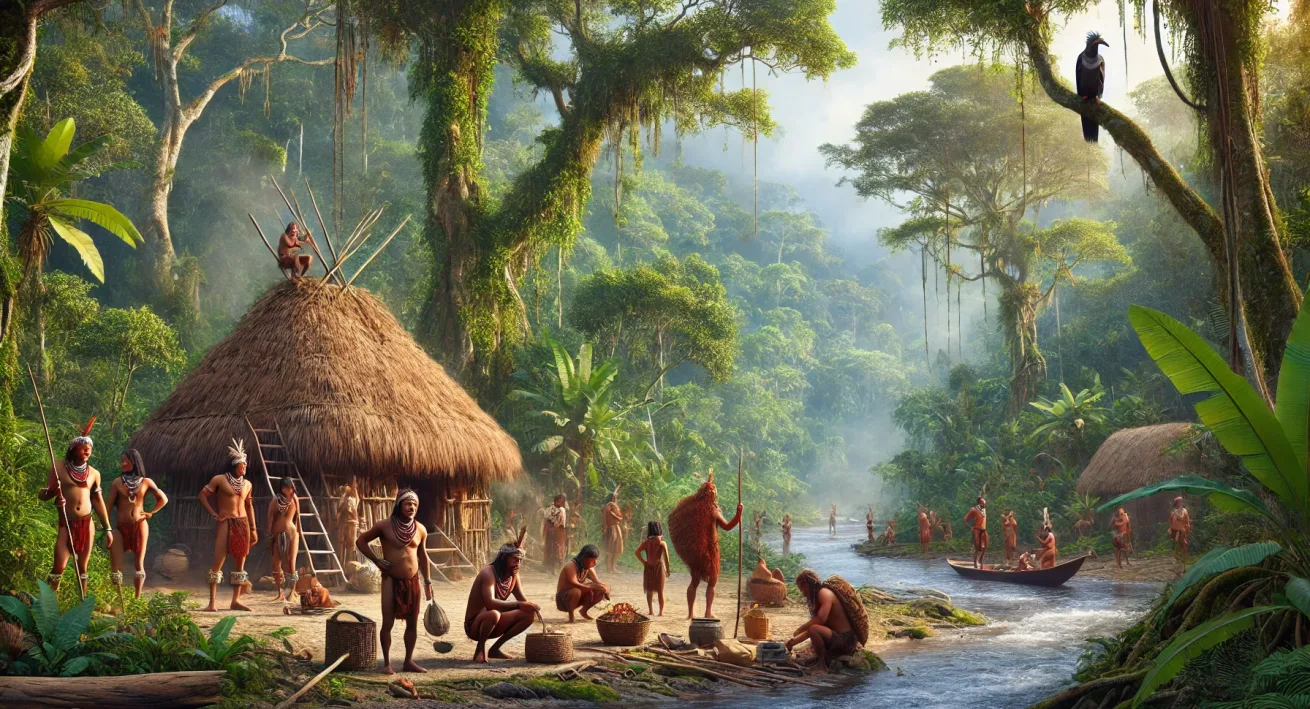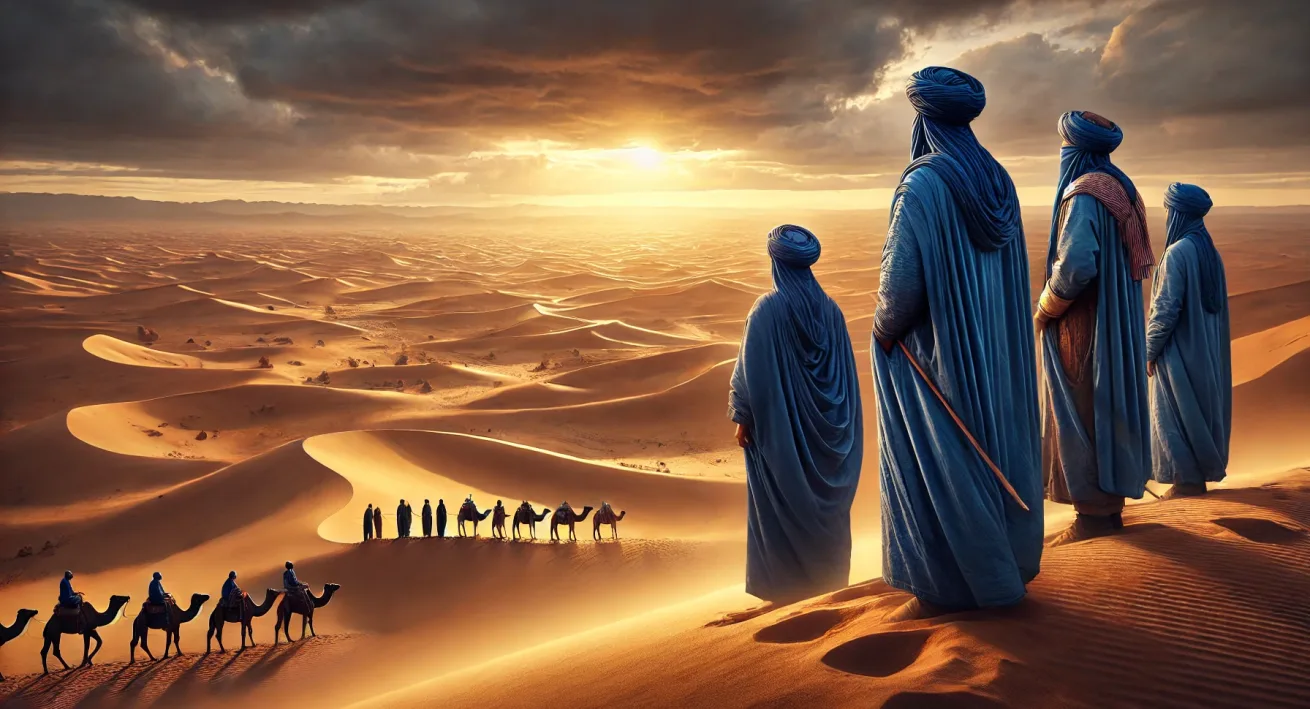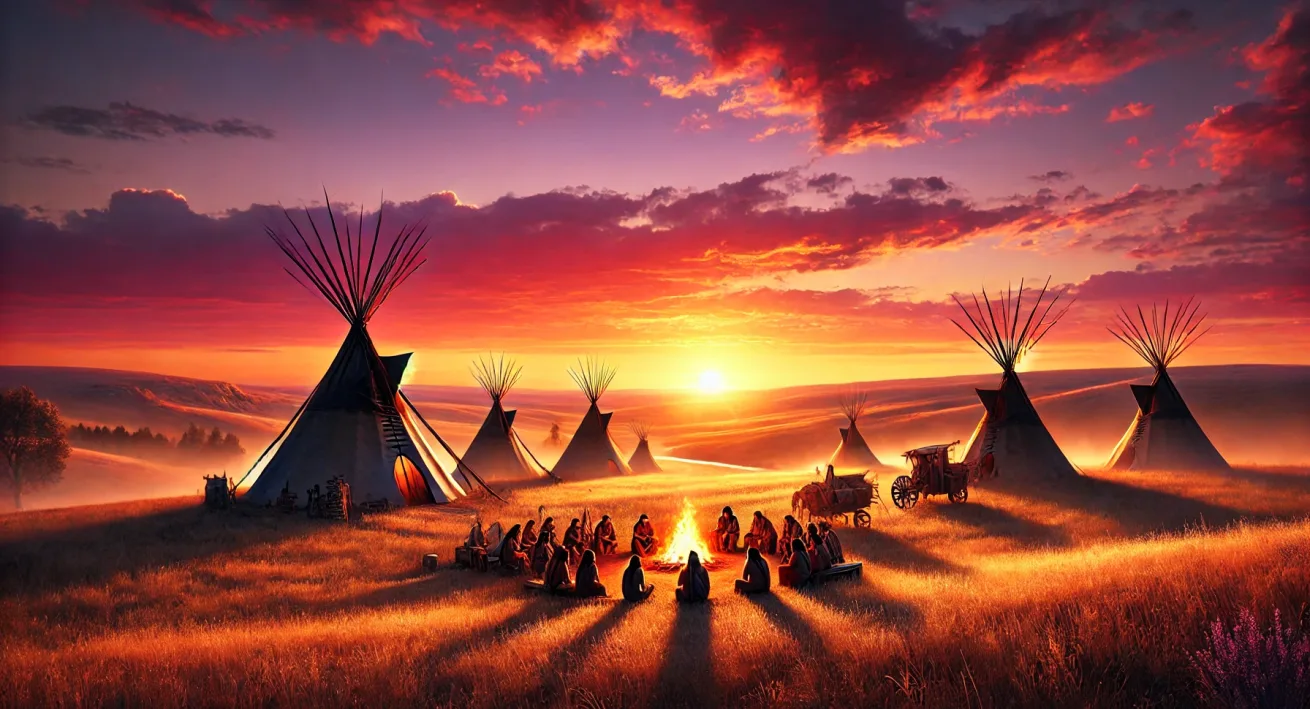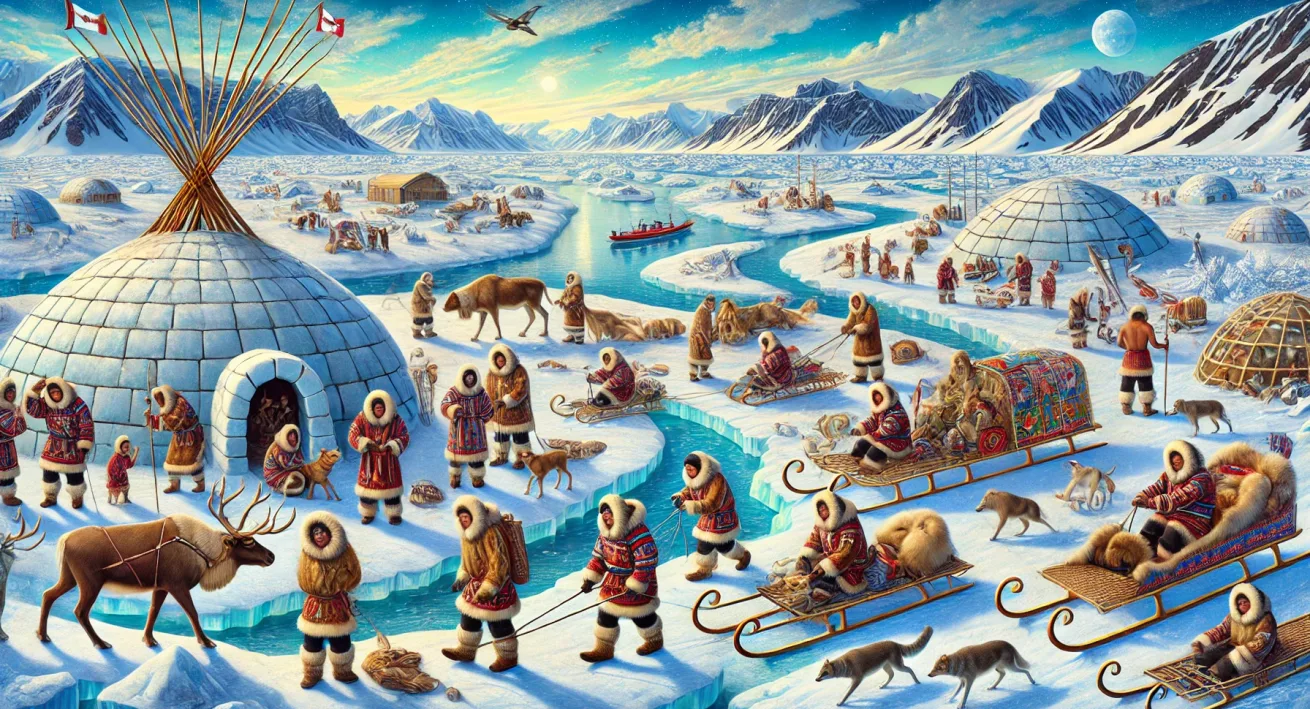The Huaorani people, an indigenous group residing deep within the Ecuadorian Amazon, have captivated the curiosity of anthropologists, travelers, and environmentalists alike. Known for their rich culture, profound connection to nature, and unique language, the Huaorani have managed to preserve much of their traditional way of life despite increasing pressures from the modern world. This article delves into the fascinating culture of the Huaorani, their challenges, and their significance in the context of Amazonian biodiversity.





